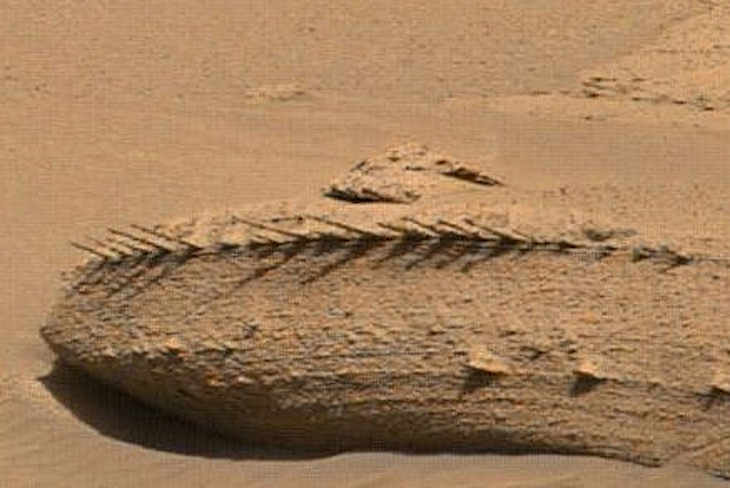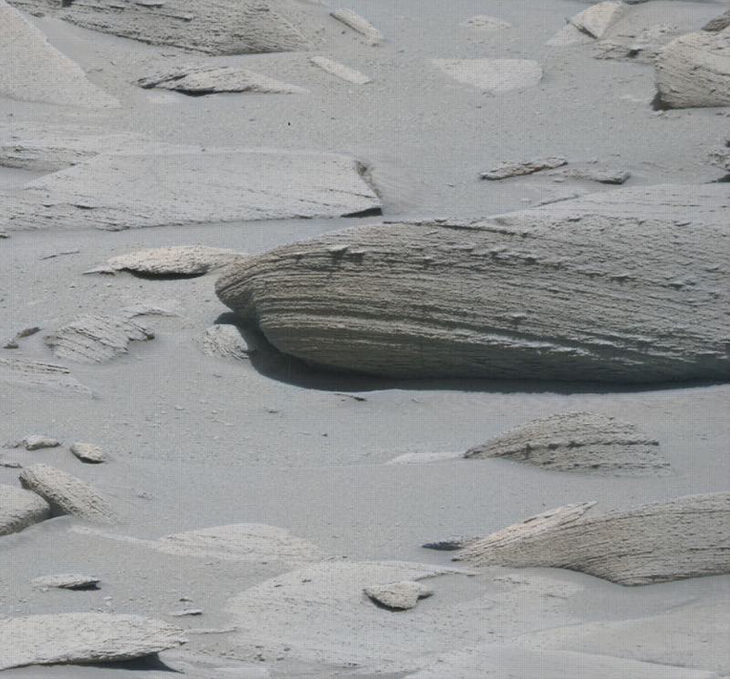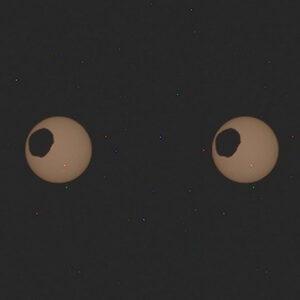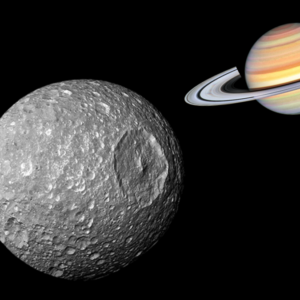
NASA has unveiled astonishing findings from the Mars Curiosity rover, revealing peculiar formations resembling bones on the Martian surface. The recently released images capture the enigmatic protrusions emerging from rocks on the Red Planet.
These intriguing observations were documented on Sol 3786 (April 1) by the rover’s mast camera and ChemCam. The photographs exhibit a slab composed of rock, displaying rows of evenly spaced “spikes” that stand out as remarkable features.
There were many guesses being made on what was seen in the images range. Speculations ranged from fish bone fossils to a dragon-like creature that may have once lived on the Red Planet. Then, there were those that insisted the Martian winds probably eroded the rocks over a long period of time. One person even reported to never seeing anything like this, even after “looking into Mars images since the Sojourner mission back in 1997.”
“In 20 years of studying Mars, that’s the most bizarre rock I have ever seen,” wrote Nathalie A. Cabrol, an astrobiologist. “I cannot wait to have a microscopic image of this one.”
“I think it’s the wind,”Twitter user Martin Weil also added. “If it blows over loose sand for a sufficiently large number of eons, every geometric form known to us may eventually be created. We just need patience.”

Online commenters were excited to see this and many thought that the image caught looked very much like fish vertebra, fish fossils, or the skeleton of some prehistoric creature that we may to learn more about.
But NASA’s Jet Propulsion Laboratory based in California had an explanation for this kind of phenomenon. The experts said, “Often, the odd-shaped rocks have their origin in the ancient past, when liquid water seeped through the cracks in the rock, bringing minerals along with them.” They then added, “These minerals were harder than the rock around them, so the wind eroded everything away except the minerals.”
Curiosity is a rover that was the size of a vehicle. It that has been exploring the Gale crater on Mars since August 2012 as part of NASA’s Mars Science Laboratory (MSL) mission.

The mission came with goals that included the following: an investigation of the Martian climate and geology as a well as a preparation for possible future human exploration.
Gale is a crater and may have probably been a dry lake too. It measures 96 miles in diameter (154 km) and is about 3.5 to 3.8 billion years old. So, many curious minds would like to assume that the images are the spine of a fossilized dragon that’s been in its resting place on Mars for years now.
What are your thoughts? Please comment below and share this news!
True Activist / Report a typo


